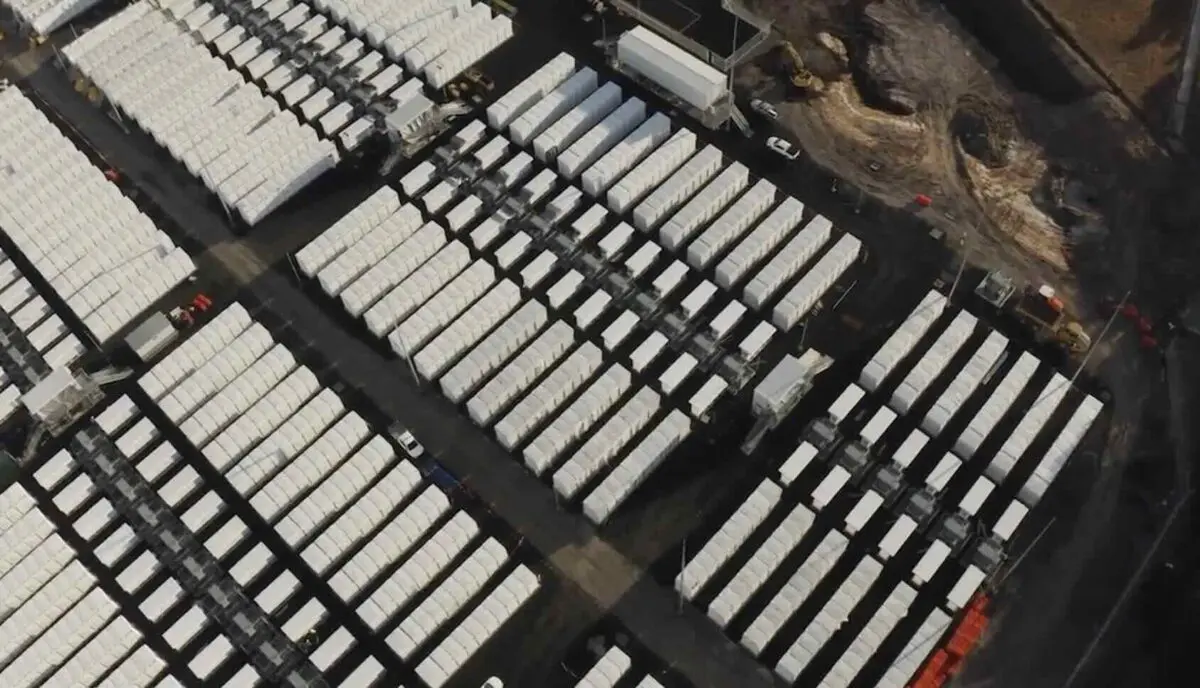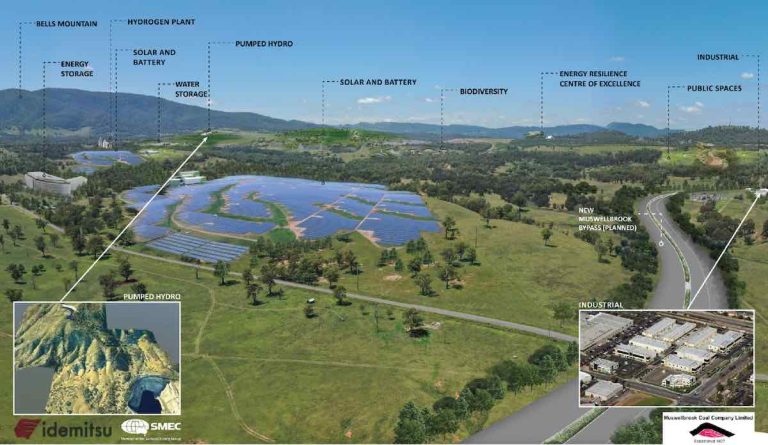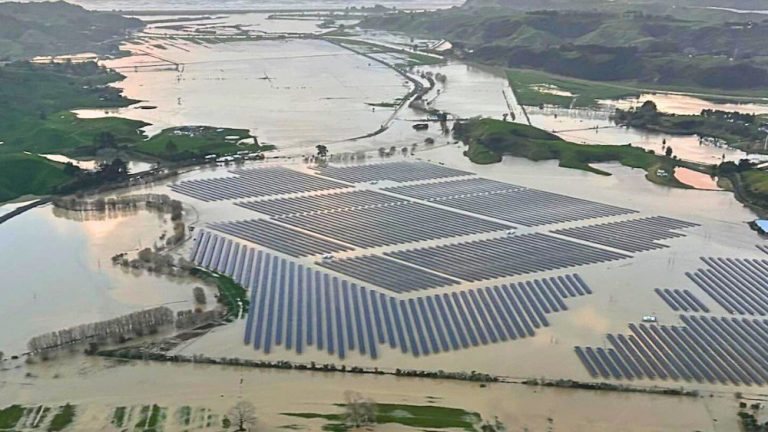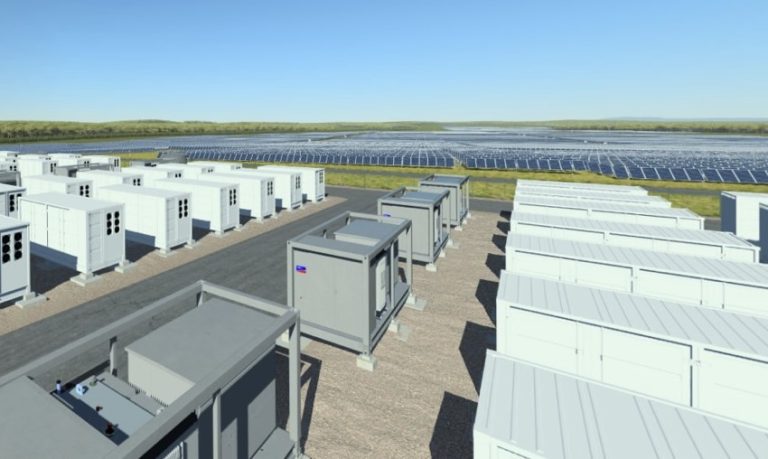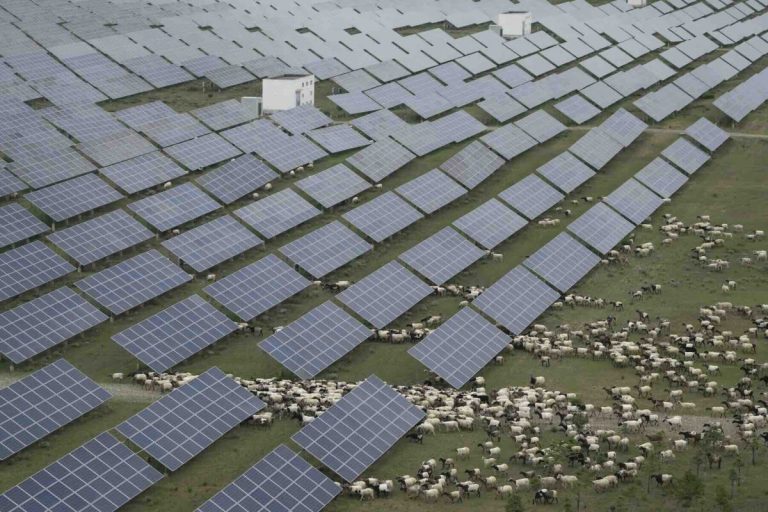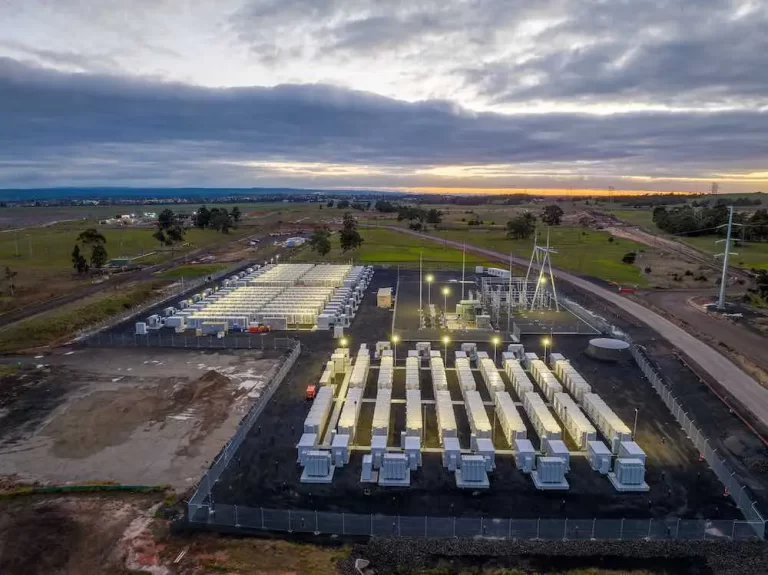NSW Increases Renewable Energy Targets for Wind, Solar, and Storage Auctions
New South Wales (NSW) is gearing up to conduct larger and more frequent auctions for wind, solar, and long-duration storage in the coming years, following the announcement of an ambitious new capacity target by the state’s consumer trustee.
On Monday, ASL, previously known as AEMO Services, unveiled a comprehensive infrastructure roadmap that includes updated targets and a rigorous schedule for capacity auctions. This initiative aims to keep wholesale energy prices as low as possible as the state’s ageing coal-fired power stations are phased out over the next decade.
Increased Capacity Goals
The previously established goal of securing at least 12 gigawatts (GW) of new wind and solar energy by 2030 has been raised to 16 GW. Additionally, the target for long-duration storage by 2034 has been increased from a minimum of 28 gigawatt hours (GWh) to 42 GWh.
Currently, NSW boasts approximately 7 GW of operational wind and solar capacity across around 50 projects, with another 50 projects approved that could add an additional 13 GW of capacity.
Challenges Ahead
CEO Nevenka Codevelle acknowledges that these new targets are ambitious and will necessitate a significant shift in how developers and the wider industry accelerate project development. ASL is now seeking high-quality early-stage projects that can be expedited to completion.
“Achieving 16 GW of renewable generation in NSW by 2030 will require projects to move through the development pipeline, including approvals, financing, and construction, much more swiftly than in the past,” Codevelle stated in the report.
The initial capacity for NSW is expected to be supported by the federal government’s Capacity Investment Scheme. However, once the allocation of 7.1 GW is reached—anticipated by the end of this year or early 2026—ASL plans to initiate a series of state-level tenders.
Upcoming Tenders and Capacity Auctions
The upcoming generation tenders, scheduled for 2026 and 2027, will be expanded to 7,000 gigawatt hours per year, equating to around 2.5 GW of capacity, depending on the mix of wind and solar energy. From 2028 onwards, additional tenders will offer 4,600 GWh annually, translating to approximately 1.6 GW of new capacity, with sizes varying based on the quality of bids received.
The NSW government has also announced a tender for 500 MW of “firm capacity” aimed at major load centres around Sydney, Newcastle, and Wollongong, which ASL confirms will take place in the December quarter of this year, with more details to follow.
Long-Duration Storage Initiatives
ASL is also planning to conduct significant tenders for long-duration storage infrastructure in 2026 and 2027. These tenders, defined as requiring eight hours or more of storage, have primarily awarded contracts to battery storage projects, but have also included an advanced compressed air storage facility in Broken Hill and a pumped hydro proposal.
Storage tenders will be open to projects still in the pre-development phase, provided they have responded to a connection enquiry and received Secretary’s Environmental Assessment Requirements (SEARs).
Investment Outlook and Future Challenges
The tender plans were released alongside two new reports examining the 20-year investment landscape for NSW: the 2025 Infrastructure Investment Objectives (IIO) report and the inaugural NSW Generation Investment Outlook (NSW GIO).
NSW currently operates the largest coal generation fleet in Australia, surpassing Queensland with a total capacity exceeding 8 GW. Although the closure of the largest facility, the 2.8 GW Eraring plant, has been postponed by at least two years to 2027, ASL’s new modelling anticipates that all four remaining coal generators will cease operations by 2034.
The GIO report highlights a “healthy pipeline” of over 50 GW of proposed wind and solar generation capacity in NSW, including 12.5 GW of projects that have already received development approval. “There is enough capacity in the pipeline to meet the minimum objectives,” it states, but warns that “current project lead times won’t be fast enough to meet the 16 GW ambition unless roadblocks are addressed.”
These bottlenecks encompass the development pipeline, including community support, planning approvals, road infrastructure, workforce limitations, transmission delays, and supply chain complexities arising from the extensive energy transition.
Codevelle urges developers to expedite early-stage projects, stating, “To maximise consumer benefits, we need to target a greater infrastructure build both before and after 2030.” The report estimates these benefits could amount to $6.8 billion over the next two decades.
“From our inaugural NSW Generation Investment Outlook (NSW GIO), we know there is interest in the project pipeline and investment, but the pace of development must accelerate. It’s our responsibility as the State’s independent Consumer Trustee to leverage the IIO report and our tenders to meet this challenge.”
